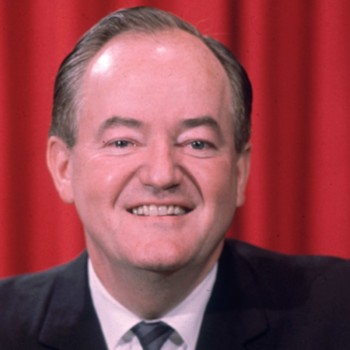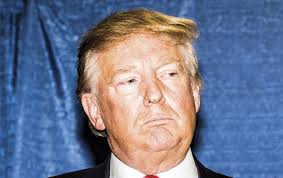Inaugurals Past and Present: Seeking Unity, Not Insurrection
It was less than six months after the infamous Watergate break-in when Richard Nixon, seeking his second presidential term, buried Democrat George McGovern in an electoral landslide and prepared to be inaugurated two months later, on Jan. 20, 1973.
Nixon’s reign would unravel, of course, as drip after drip of disclosures of criminality and coverup dribbled out, leading to his resignation on August 8, 1974. Nixon would not stoke violence or incite an insurrection in an attempt to remain in office. Instead, he would make a mawkish resignation speech and wave a sad farewell as he boarded a marine helicopter from the White House lawn, the first steps in his post-presidency.
Credit my Washington Post colleagues Bob Woodward and Carl Bernstein and their dogged reporting for that eventful denouement. I was mostly a bystander to these historic events, but following Nixon’s sweeping victory in November 1972, I was assigned to cover not the actual inauguration but the inaugural committee.
Within this limited assignment, I was able to come up with a few scoops. I discovered and reported, for instance, that one-sixth of the “nonpartisan” inaugural committee of 106 was still on the payroll of CREEP, the Committee to Re-Elect the President, where many of them had formerly worked. These included Jeb Stuart Magruder, who was the inaugural executive director as he had been director of CREEP. He would later plead guilty to one felony count for his role in the Watergate scandal and serve seven months in prison. The story made page four of the front section.
But one seemingly non-partisan effort made bigger news, and got better play: top left column on the Metro front, but page one, above the fold, of the International Herald Tribune. Four years before, former vice president Nixon had been elected president in a three-way race against Democratic vice president Hubert H. Humphrey and Alabama’s segregationist Gov. George Wallace. It had been a fractious contest, coming in the wake of the assassinations of Martin Luther King, Jr. and Robert Kennedy and the embattled Democratic National Convention in Chicago.
Still, when the time came, President Lyndon B. Johnson and Humphrey, his now defeated vice president, participated in a peaceful transition and attended Nixon’s 1969 inauguration. Four years later, Democrats were bitter at Nixon’s landslide re-election, but they did not storm the halls of Congress. In fact, upon the request of the inaugural committee, Humphrey made a 60-second public service announcement urging the country to unite around Nixon’s inauguration.
That was my big scoop. Many Democrats were furious, regarding Humphrey’s gesture as ill-advised at best. Humphrey was also furious—at me. “I’m for Mother’s Day, too,” he told me when I interviewed him for the story. After it appeared, he phoned me to complain angrily about it.
From the perspective of 2021, Humphrey’s gesture seems gracious, almost quaint, in urging the nation to unite around a peaceful presidential inauguration and asking even those who supported the loser to accept the outcome.



Wonderful behind the scenes anecdote, Gene. Despite Nixon, those were gentler times to be sure. Keep up your excellent pieces!
Hubert Humphrey was “Minnesota nice.” those were (relatively speaking) kinder, gentler days.